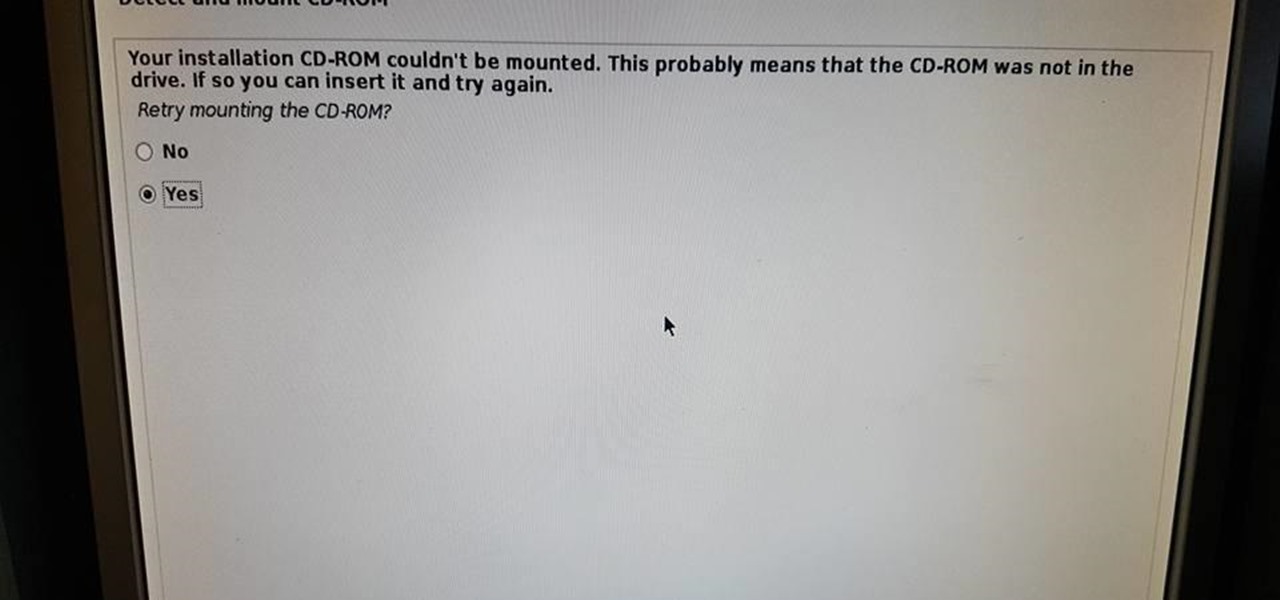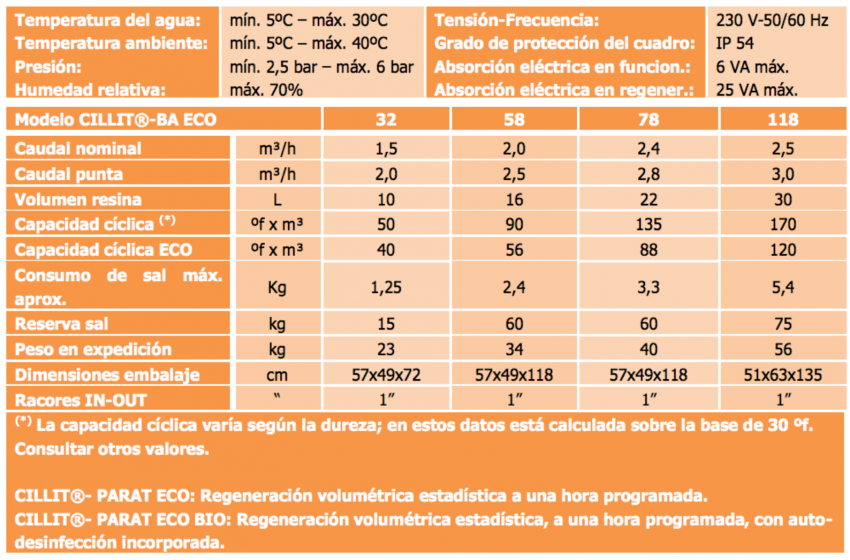Feb 13, 2016 \'GRUB installation failed\' HELP If this is your first visit, be sure to check out the FAQ by clicking the link above. You may have to register before you can post: click the register link.
I recently bought a shiny new Lenovo Yoga 2 Pro and I want to dual boot it with Ubuntu for studying purposes. Its built-in OS is Windows 8.1 and it has a 256GB SSD. I\'ve made a separate 90GB partition just for Ubuntu and a live USB to install it. The first time everything seemed to work great, I solved the wifi issued by blacklisting ideapad_laptop, the installation went flawlessly and Ubuntu worked fine. When I got up the next morning and turned on my laptop it booted into Windows right away without ever showing the GRUB menu. So I tried to reset, and checked my partitions with the Disk Manager and everything looked fine. Since I couldn\'t find a solution online I went ahead and formatted the partition to try and install again.
This time and every time since, the installation was aborted and I got a fatal error saying: Unable to install GRUB in /dev/sda Executing `grub-install /dev/sda` failed. This is a fatal error. Can anyone please suggest a solution to this problem? If any further information is needed I would be happy to provide it. When installing I get the following in details: ubuntu kernel: [ 1946.372741] FAT-fs (sda2): error, fat_get_cluster: invalid cluster chain (i_pos 0).
Ubuntu grub-installer: error: Running \'grub-install --force failed. I finally got it working, not sure which of the following did the trick but I: • Disabled Lenovo Fast Boot in BIOS. • Disabled Secure Boot in BIOS. • Booted from Live USB.

• In boot menu Added backlight=vendor in Try Ubuntu configuration text just before quiet splash. • Chose Try Ubuntu.
• In terminal ran sudo rmmod ideapad_laptop to enable wifi. • Ran installation and chose to install updates during installation. • EFI partition was selected automatically so I assigned 9700MB for swap space and 80GB for Ubuntu. • After installation completed added backlight=vendor to /etc/default/grub before quiet splash and then ran sudo update-grub. • Blacklisted ideapad_laptop to enable wifi. • Works fine so far.
Thanks to everyone for the help! I have the same laptop and for me everything works fine - but I installed the grub loader into the already existing EFI partition, which had the index 2 at the end of its name - it certainly wasn\'t the sda partition though, which was chosen by default. (So I chose my partition for installation above and below, there was the possibility to change the partition for grub installation.) I used an SD card for installation and started it in UEFI mode, because Windows 8.1 was pre-installed that way, too. (I\'m sorry if I\'m expressing this in a wrong way, but I only know about all this from reading in different forums before installing Ubuntu 14.04 about three days ago.) Anyway, everything works fine if you do it this way. Start installation medium in UEFI mode, choose the partition freed for the installation, install grub into the existing EFI partition.
Oh, and also, I didn\'t really have to change anything in the BIOS, I had disabled fast boot before and left it that way. It automatically changed something else, I can look that up again, if you want to know.
Sand and other substances can enter the water system during repairs or when new connections are installed. Cillit protective filter Best possible protection for your domestic water installation Particle filters installed at the domestic water inlet are essential for optimum water quality, because particles from various sources can enter the drinking water during the often lengthy journey from water company to user. Fluctuations in pressure and vibration can also loosen particles of rust and dirt that have lain undisturbed in the local pipework for decades, resulting in aerators, shower heads and valves in household appliances becoming blocked.  Cillit protective filters are the ‘front gate’ to your domestic drinking water installation, providing protection against burst pipes, pitting from corrosion, the ingress of foreign particles and dripping taps.
Cillit protective filters are the ‘front gate’ to your domestic drinking water installation, providing protection against burst pipes, pitting from corrosion, the ingress of foreign particles and dripping taps.
I had a similar problem. What I did was to leave the installation as it was, then I made sure my drive was in UEFI mode and booted from a live CD and installed boot-repair. To do this I had to add the yannubuntu repository and then download it with apt-get. This was done the following way: sudo apt-add-repository ppa:yannubuntu/boot-repair sudo apt-get update sudo apt-get install boot-repair boot-repair Then, when the program was launched, I checked all the options in Advanced Options > Main Options and clicked Apply. I had the same problem when installing Ubuntu 15.10 desktop (dual boot on separate partition in Lenovo G40-45 laptop where Windows 10 is already installed and activated).
I had already disabled secure boot (as per my earlier experiences with dual boot - Linux and Windows). Finally I decided that I would try with secure boot enabled (as I expected things to have improved since 14.xx). AND IT WORKED!!! -- without any other adjustments (and without internet connection). (I installed Windows 10 while secure boot was disabled and then installed Ubuntu with secure boot enabled).
...'>Grub Installation Failed Kali Linux Install Usb(07.11.2018)Feb 13, 2016 \'GRUB installation failed\' HELP If this is your first visit, be sure to check out the FAQ by clicking the link above. You may have to register before you can post: click the register link.
I recently bought a shiny new Lenovo Yoga 2 Pro and I want to dual boot it with Ubuntu for studying purposes. Its built-in OS is Windows 8.1 and it has a 256GB SSD. I\'ve made a separate 90GB partition just for Ubuntu and a live USB to install it. The first time everything seemed to work great, I solved the wifi issued by blacklisting ideapad_laptop, the installation went flawlessly and Ubuntu worked fine. When I got up the next morning and turned on my laptop it booted into Windows right away without ever showing the GRUB menu. So I tried to reset, and checked my partitions with the Disk Manager and everything looked fine. Since I couldn\'t find a solution online I went ahead and formatted the partition to try and install again.
This time and every time since, the installation was aborted and I got a fatal error saying: Unable to install GRUB in /dev/sda Executing `grub-install /dev/sda` failed. This is a fatal error. Can anyone please suggest a solution to this problem? If any further information is needed I would be happy to provide it. When installing I get the following in details: ubuntu kernel: [ 1946.372741] FAT-fs (sda2): error, fat_get_cluster: invalid cluster chain (i_pos 0).
Ubuntu grub-installer: error: Running \'grub-install --force failed. I finally got it working, not sure which of the following did the trick but I: • Disabled Lenovo Fast Boot in BIOS. • Disabled Secure Boot in BIOS. • Booted from Live USB.

• In boot menu Added backlight=vendor in Try Ubuntu configuration text just before quiet splash. • Chose Try Ubuntu.
• In terminal ran sudo rmmod ideapad_laptop to enable wifi. • Ran installation and chose to install updates during installation. • EFI partition was selected automatically so I assigned 9700MB for swap space and 80GB for Ubuntu. • After installation completed added backlight=vendor to /etc/default/grub before quiet splash and then ran sudo update-grub. • Blacklisted ideapad_laptop to enable wifi. • Works fine so far.
Thanks to everyone for the help! I have the same laptop and for me everything works fine - but I installed the grub loader into the already existing EFI partition, which had the index 2 at the end of its name - it certainly wasn\'t the sda partition though, which was chosen by default. (So I chose my partition for installation above and below, there was the possibility to change the partition for grub installation.) I used an SD card for installation and started it in UEFI mode, because Windows 8.1 was pre-installed that way, too. (I\'m sorry if I\'m expressing this in a wrong way, but I only know about all this from reading in different forums before installing Ubuntu 14.04 about three days ago.) Anyway, everything works fine if you do it this way. Start installation medium in UEFI mode, choose the partition freed for the installation, install grub into the existing EFI partition.
Oh, and also, I didn\'t really have to change anything in the BIOS, I had disabled fast boot before and left it that way. It automatically changed something else, I can look that up again, if you want to know.
Sand and other substances can enter the water system during repairs or when new connections are installed. Cillit protective filter Best possible protection for your domestic water installation Particle filters installed at the domestic water inlet are essential for optimum water quality, because particles from various sources can enter the drinking water during the often lengthy journey from water company to user. Fluctuations in pressure and vibration can also loosen particles of rust and dirt that have lain undisturbed in the local pipework for decades, resulting in aerators, shower heads and valves in household appliances becoming blocked.  Cillit protective filters are the ‘front gate’ to your domestic drinking water installation, providing protection against burst pipes, pitting from corrosion, the ingress of foreign particles and dripping taps.
Cillit protective filters are the ‘front gate’ to your domestic drinking water installation, providing protection against burst pipes, pitting from corrosion, the ingress of foreign particles and dripping taps.
I had a similar problem. What I did was to leave the installation as it was, then I made sure my drive was in UEFI mode and booted from a live CD and installed boot-repair. To do this I had to add the yannubuntu repository and then download it with apt-get. This was done the following way: sudo apt-add-repository ppa:yannubuntu/boot-repair sudo apt-get update sudo apt-get install boot-repair boot-repair Then, when the program was launched, I checked all the options in Advanced Options > Main Options and clicked Apply. I had the same problem when installing Ubuntu 15.10 desktop (dual boot on separate partition in Lenovo G40-45 laptop where Windows 10 is already installed and activated).
I had already disabled secure boot (as per my earlier experiences with dual boot - Linux and Windows). Finally I decided that I would try with secure boot enabled (as I expected things to have improved since 14.xx). AND IT WORKED!!! -- without any other adjustments (and without internet connection). (I installed Windows 10 while secure boot was disabled and then installed Ubuntu with secure boot enabled).
...'>Grub Installation Failed Kali Linux Install Usb(07.11.2018)
